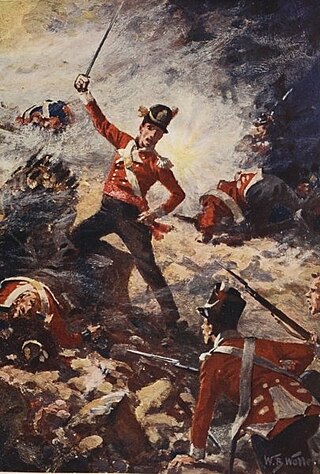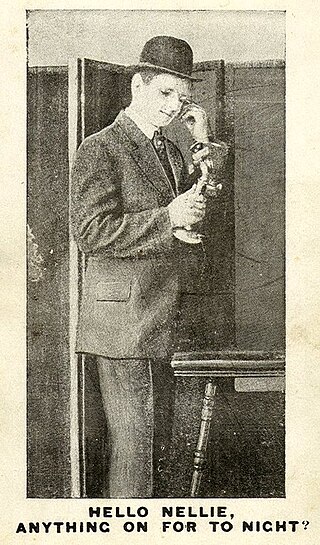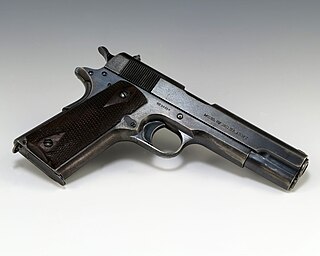
A wharf, quay, staith, or staithe is a structure on the shore of a harbour or on the bank of a river or canal where ships may dock to load and unload cargo or passengers. Such a structure includes one or more berths, and may also include piers, warehouses, or other facilities necessary for handling the ships. Wharves are often considered to be a series of docks at which boats are stationed. A marginal wharf is connected to the shore along its full length.

Douai is a city in the Nord département in northern France. It is a sub-prefecture of the department. Located on the river Scarpe some 40 kilometres from Lille and 25 km (16 mi) from Arras, Douai is home to one of the region's most impressive belfries.

A dungeon is a room or cell in which prisoners are held, especially underground. Dungeons are generally associated with medieval castles, though their association with torture probably derives more from the Renaissance period. An oubliette or bottle dungeon is a basement room which is accessible only from a hatch or hole in a high ceiling.
A contronym is a word with two opposite meanings. For example, the word cleave can mean "to cut apart" or "to bind together". This feature is also called enantiosemy, enantionymy, antilogy or autoantonymy. An enantiosemic term is by definition polysemic.

A bell tower is a tower that contains one or more bells, or that is designed to hold bells even if it has none. Such a tower commonly serves as part of a Christian church, and will contain church bells, but there are also many secular bell towers, often part of a municipal building, an educational establishment, or a tower built specifically to house a carillon. Church bell towers often incorporate clocks, and secular towers usually do, as a public service.
Folk etymology – also known as (generative) popular etymology, analogical reformation, (morphological)reanalysis and etymological reinterpretation – is a change in a word or phrase resulting from the replacement of an unfamiliar form by a more familiar one through popular usage. The form or the meaning of an archaic, foreign, or otherwise unfamiliar word is reinterpreted as resembling more familiar words or morphemes.

A forlorn hope is a band of soldiers or other combatants chosen to take the vanguard in a military operation, such as a suicidal assault through the breach of a defended position, or the first men to climb a scaling ladder against a defended fortification, or a rearguard, to be expended to save a retreating army, where the risk of casualties is high. Such men were volunteers motivated by the promise of reward or promotion, or men under punishment offered pardon for their offenses, if they survived.

A humbug is a person or object that behaves in a deceptive or dishonest way, often as a hoax or in jest. The term was first described in 1751 as student slang, and recorded in 1840 as a "nautical phrase". It is now also often used as an exclamation to describe something as hypocritical nonsense or gibberish.
A bogle, boggle, or bogill is a Northumbrian, Cumbrian and Scots term for a ghost or folkloric being, used for a variety of related folkloric creatures including Shellycoats, Barghests, Brags, the Hedley Kow and even giants such as those associated with Cobb's Causeway. They are reputed to live for the simple purpose of perplexing mankind, rather than seriously harming or serving them.

The Belfries of Belgium and France are a group of 56 historical buildings designated by UNESCO as World Heritage Sites, in recognition of the civic belfries serving as an architectural manifestation of emerging civic independence from feudal and religious influences in the former County of Flanders and neighbouring areas which once were possessions of the House of Burgundy.

The Cloth Hall is a large cloth hall, a medieval commercial building, in Ypres, Belgium. The original structure was erected mainly between 1200 and 1304, in the Gothic style. It was one of the largest commercial buildings of the Middle Ages, when it served as the main market and warehouse for the Flemish city's prosperous cloth industry. At 125 metres (410 ft) in breadth, with a 70 metres (230 ft)-high belfry tower, it recalls the importance and wealth of the medieval trade city.

Hello is a salutation or greeting in the English language. It is first attested in writing from 1826.

The Old Town Hall of Lo is a historic landmark in the municipality of Lo-Reninge, in the Belgian province of West Flanders. Formerly the seat of the municipal government, the building is now a hotel and restaurant.
Wop is a pejorative term for Italians or people of Italian descent.

A pistol is a type of handgun, characterised by a barrel with an integral chamber. The word "pistol" derives from the Middle French pistolet, meaning a small gun or knife, and first appeared in the English language c. 1570 when early handguns were produced in Europe. In colloquial usage, the word "pistol" is often used as a generic term to describe any type of handgun, inclusive of revolvers and the pocket-sized derringers.















